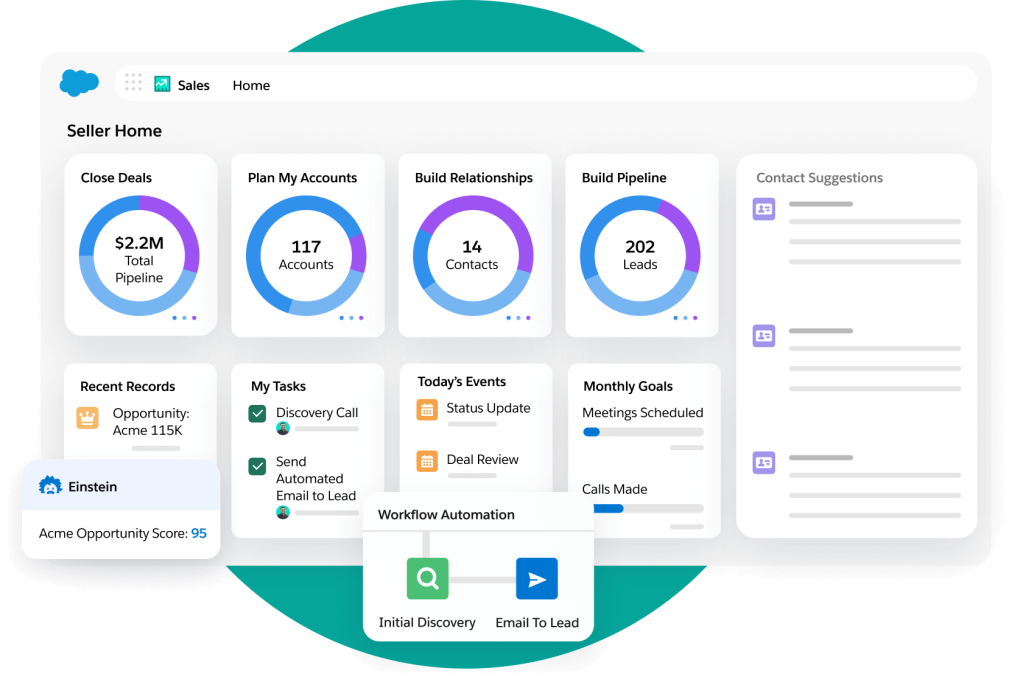

Environmental, Social, and Governance (ESG) Implementation Guide
Key Considerations for ESG Implementation
- Materiality Assessment: Identify the ESG issues most relevant to your business and stakeholders. Understand the environmental, social, and governance factors impacting your company’s performance and reputation.
- Regulatory Compliance: Stay updated with local and international ESG regulations to avoid legal risks and align with industry standards.
- Stakeholder Engagement: Engage with stakeholders, including investors, employees, customers, suppliers, and the community, to understand their expectations and concerns.
- Integration into Business Strategy: Integrate ESG into your core business strategy to ensure ESG goals align with overall business objectives.
Key Metrics for ESG
Environmental Metrics:
- Carbon Footprint: Measure greenhouse gas emissions and set reduction targets.
- Energy Consumption: Track energy use and efficiency improvements.
- Waste Management: Monitor waste generation and recycling rates.
Social Metrics:
- Employee Diversity and Inclusion: Track diversity in hiring, promotions, and retention.
- Community Engagement: Measure the impact of community programs and initiatives.
- Health and Safety: Monitor workplace incidents and safety training.
Governance Metrics:
- Board Diversity: Ensure a diverse and inclusive board of directors.
- Ethical Practices: Track adherence to ethical guidelines and anti-corruption policies.
- Transparency: Measure the quality and frequency of ESG reporting.
Main Stakeholders in ESG
- Investors: Seek companies with strong ESG practices for long-term resilience and sustainability.
- Employees: A robust ESG strategy can improve morale, attract talent, and reduce turnover.
- Customers: Consumers prefer companies committed to ESG principles.
- Suppliers: Engage suppliers in your ESG strategy to ensure sustainable practices across the supply chain.
- Community: Local communities are directly impacted by your operations and can advocate for or against your company based on ESG performance.
Processes for ESG Implementation
- Conduct a Materiality Assessment: Identify and prioritize the ESG issues that matter most to your business and stakeholders.
- Set Objectives and Goals: Define clear, measurable ESG goals aligned with your business strategy.
- Develop a Strategic ESG Roadmap: Create a detailed plan outlining the steps needed to achieve your ESG goals.
- Implement Action Plans: Execute the strategies and initiatives outlined in your roadmap.
- Measure and Report Progress: Regularly track your performance against ESG metrics and report progress to stakeholders.
- Continuous Improvement: Use feedback and performance data to continuously refine and improve your ESG strategies.
Implementing ESG is a dynamic and ongoing process that requires commitment and collaboration across the organization. By focusing on key considerations, metrics, stakeholders, and processes, companies can build a robust ESG strategy that drives sustainable growth and meets stakeholder expectations.







